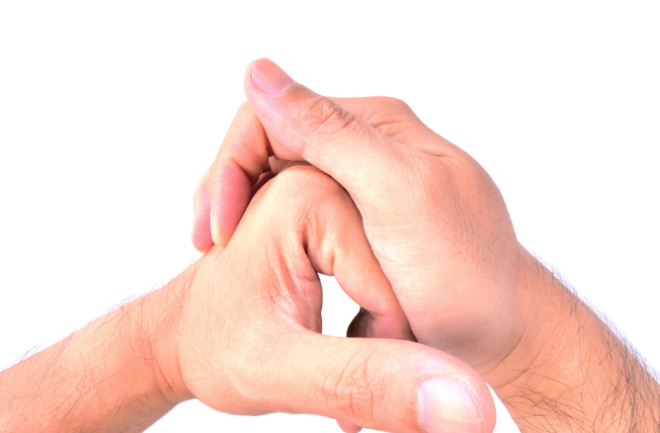Love it or hate it, knuckles crack.
For some the noise signals a welcome release, while others cringe at the thought of joints shifting about in their sockets. The sound itself, though, is still a bit of a mystery.

Love it or hate it, knuckles crack.
For some the noise signals a welcome release, while others cringe at the thought of joints shifting about in their sockets. The sound itself, though, is still a bit of a mystery.
Sign up for our weekly newsletter and unlock one more article for free.
View our Privacy Policy
Want more?
Keep reading for as low as $1.99!
Already a subscriber?
Find my Subscription
Save up to 40% off the cover price when you subscribe to Discover magazine.